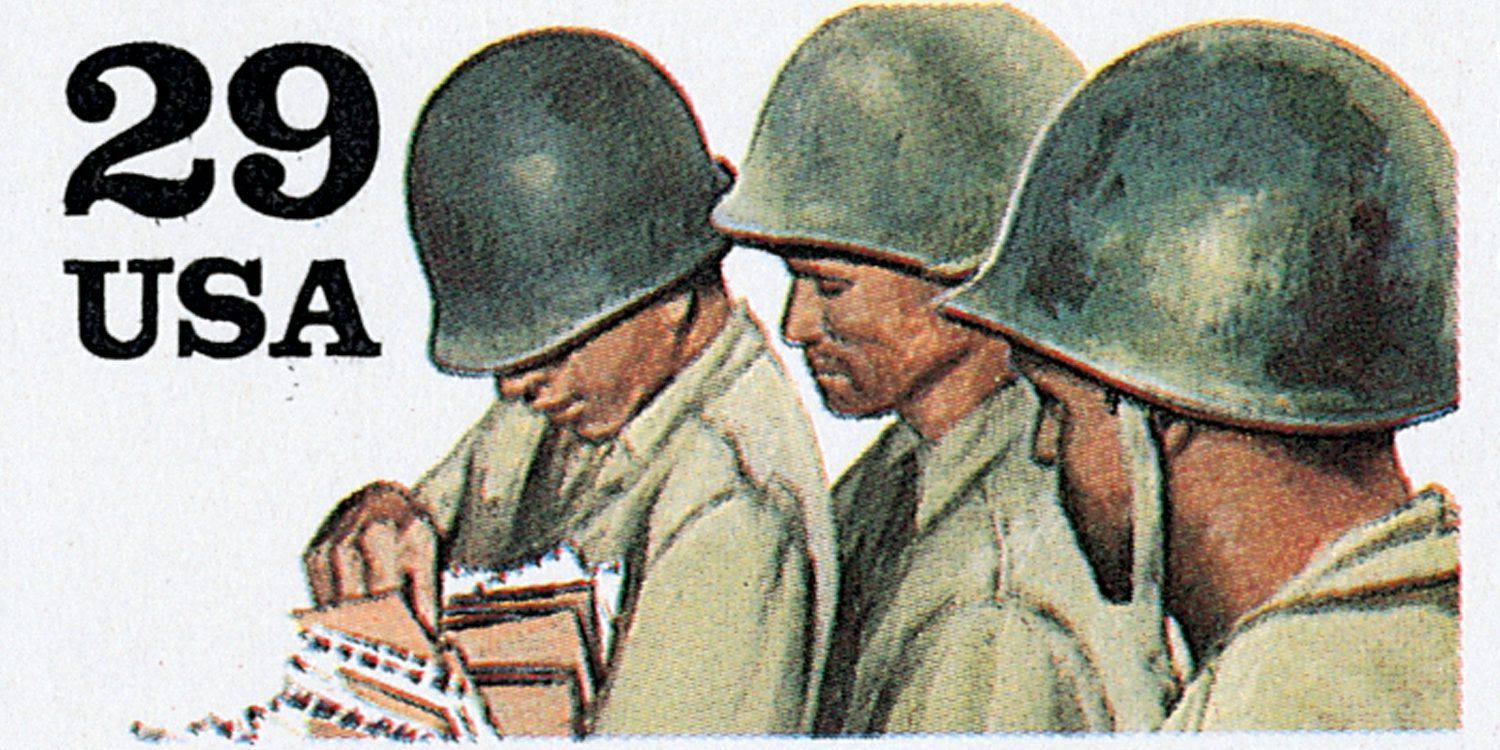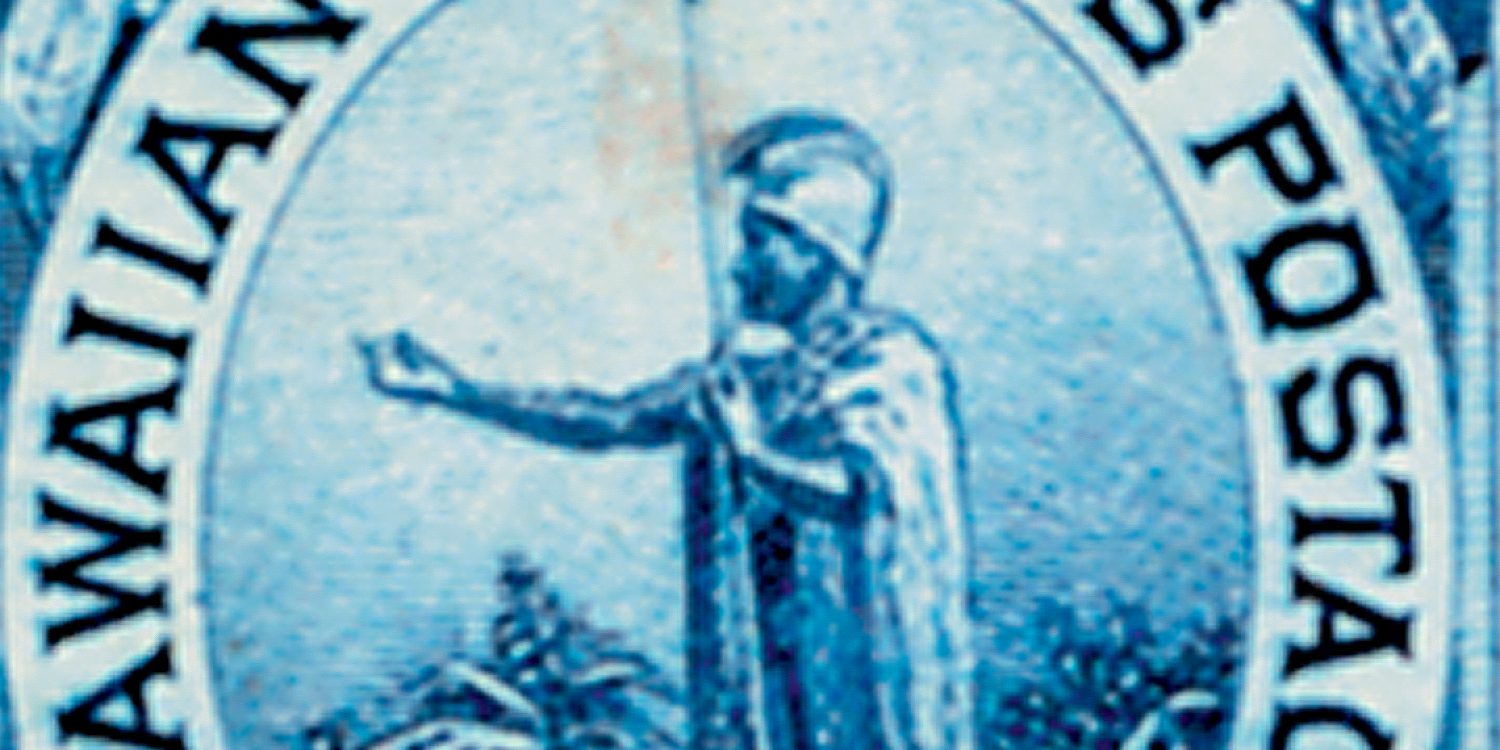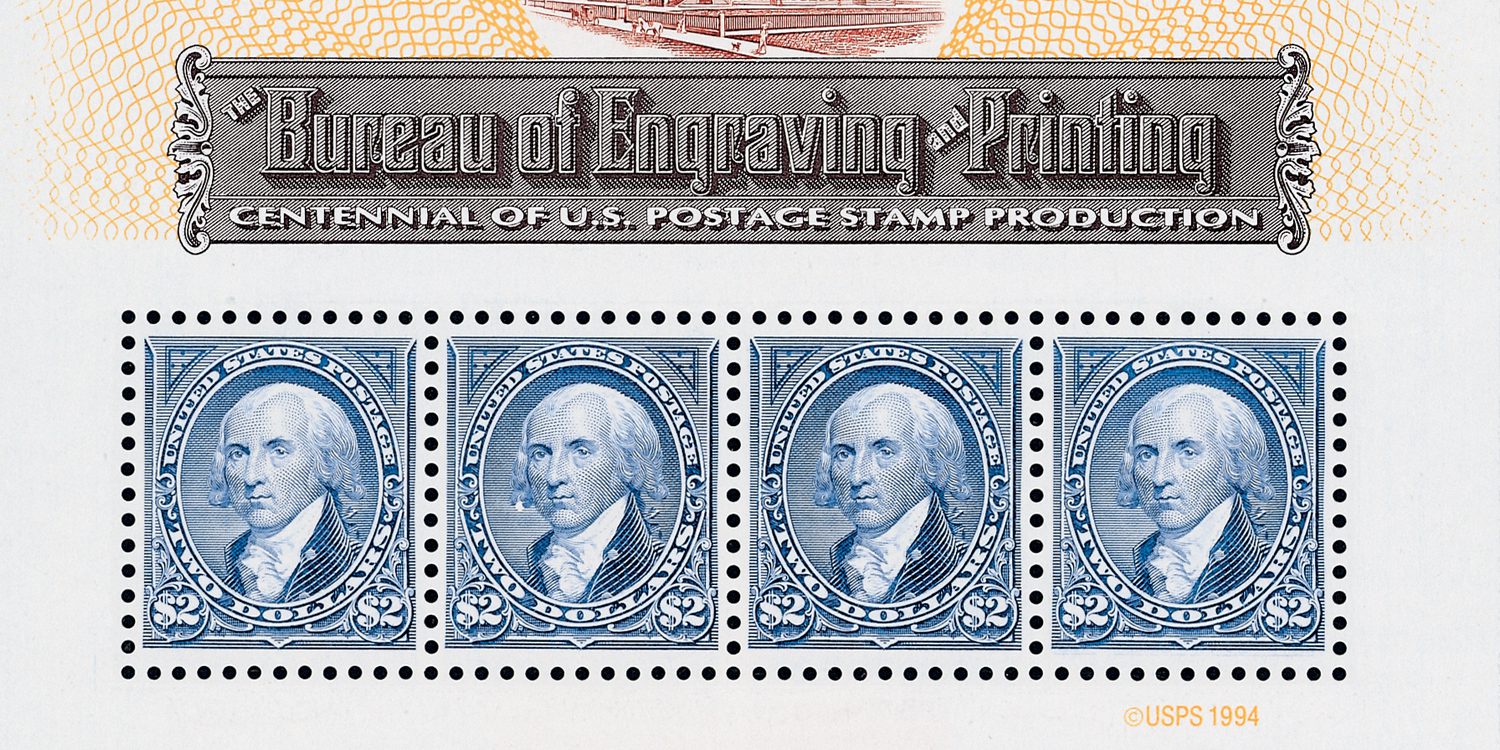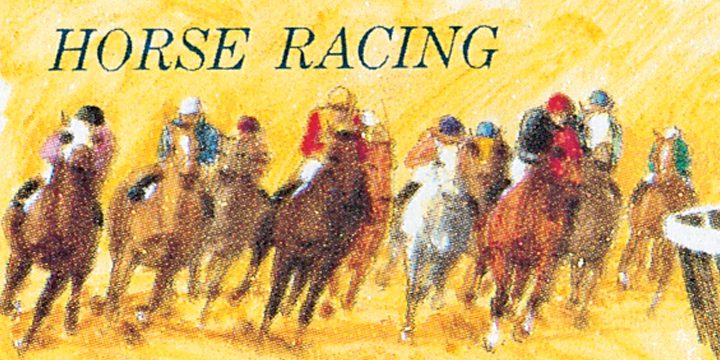First Kentucky Settlement
On June 16, 1774, James Harrod led 31 men in the founding of the first permanent settlement in Kentucky. Over time the settlement was named Fort Harrod, Harrodstown, and finally Harrodsburg, in his honor.

On June 16, 1774, James Harrod led 31 men in the founding of the first permanent settlement in Kentucky. Over time the settlement was named Fort Harrod, Harrodstown, and finally Harrodsburg, in his honor.

On June 15, 1942, the Post Office Department inaugurated its V-Mail service. During World War II, letters bound for service personnel were photographed and transferred to microfilm. This special process enabled letters to take up a fraction of their usual space on planes going to war zones, allowing more room for crucial supplies.

Howard Edward “Red” Grange was born on June 13, 1903, in Forksville, Pennsylvania. Considered one of football’s greatest running backs and one of the best college football players of all time, he was a three-time All-American and two-time NFL champion.

June 12, 1859, is generally accepted as the re-discovery date of the Comstock Lode. Gold and silver had been found in the area as early as 1850 by emigrants on their way to California. It proved to be the richest silver lode in the US, with miners collecting nearly seven million tons of silver over the next two decades.

On June 11, 1872, Hawaii celebrated its first Kamehameha Day, in honor of the king who united the Kingdom of Hawaii.

On June 10, 2005, the Bureau of Engraving and Printing (BEP) printed its last US stamp. The Bureau first began printing US postage stamps in 1894 and for 75 years, printed nearly all US stamps.

On June 9, 1973, Secretariat won the Belmont Stakes race, becoming the first U.S. Triple Crown winner in 25 years.

On June 8, 1997, the ninth U.S. stamp show came to an end. Pacific ’97 was the first IPEX (International Philatelic Exhibition) held on the West Coast.

On June 7, 1917, the Lions Club held their first national meeting in Chicago. The oldest continuously operating Lions Club was established on January 18, 1916, in Austin, Texas.